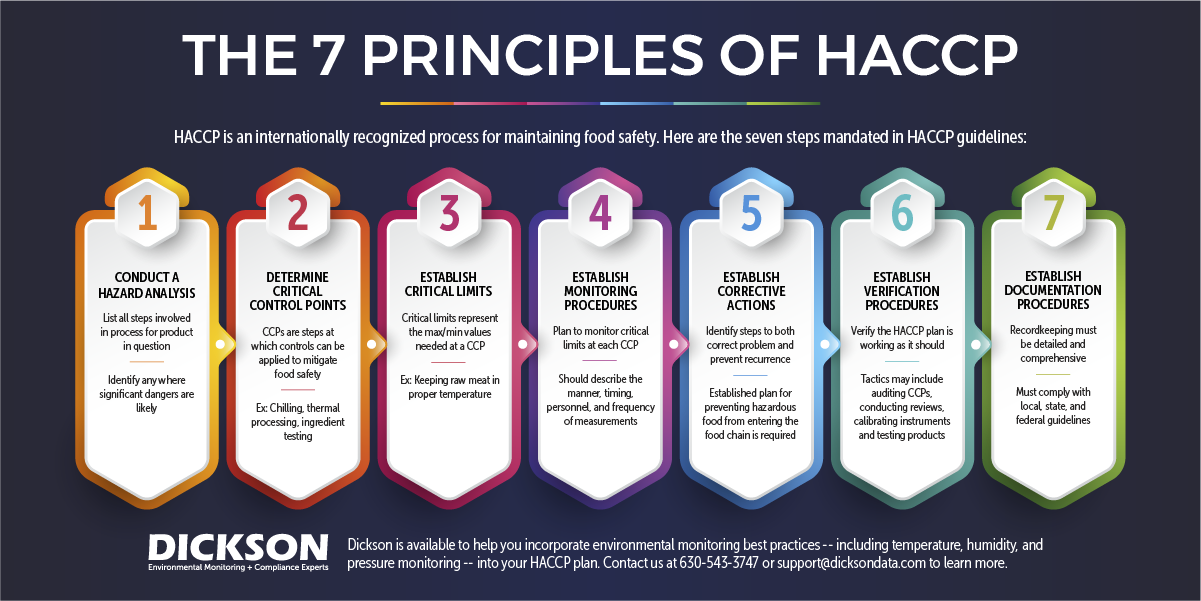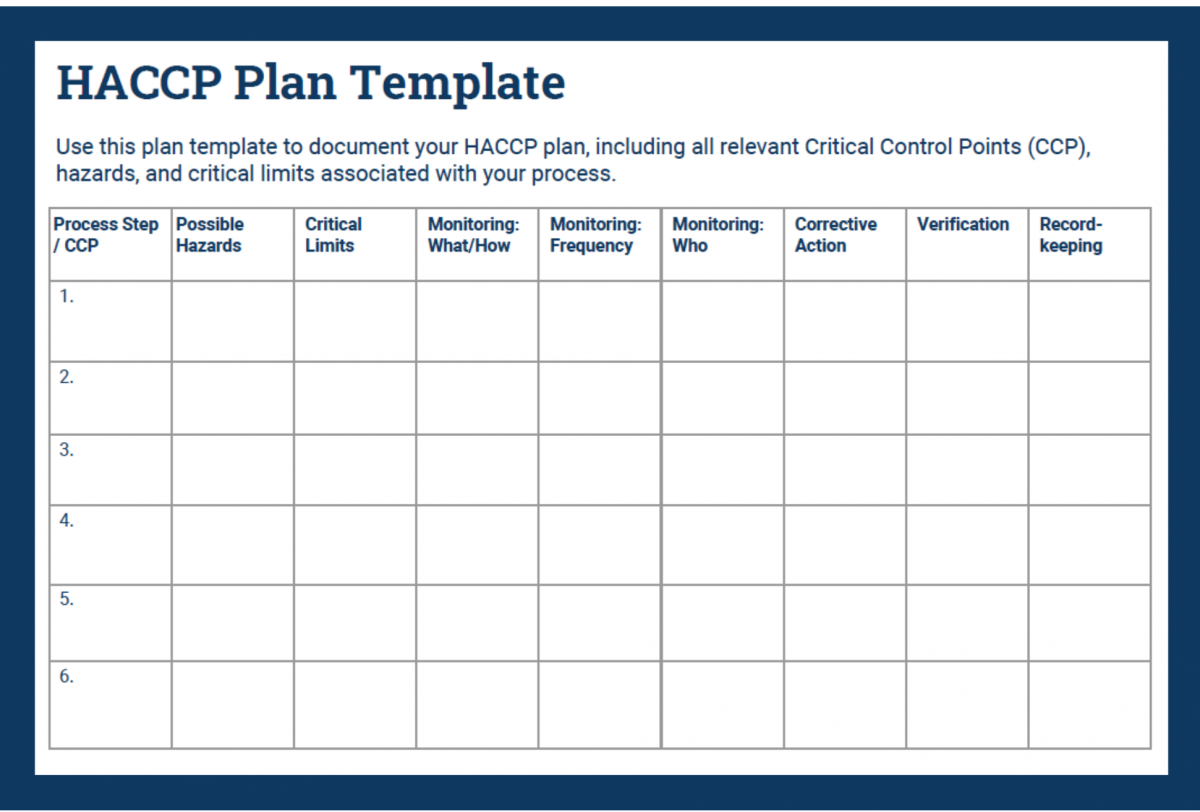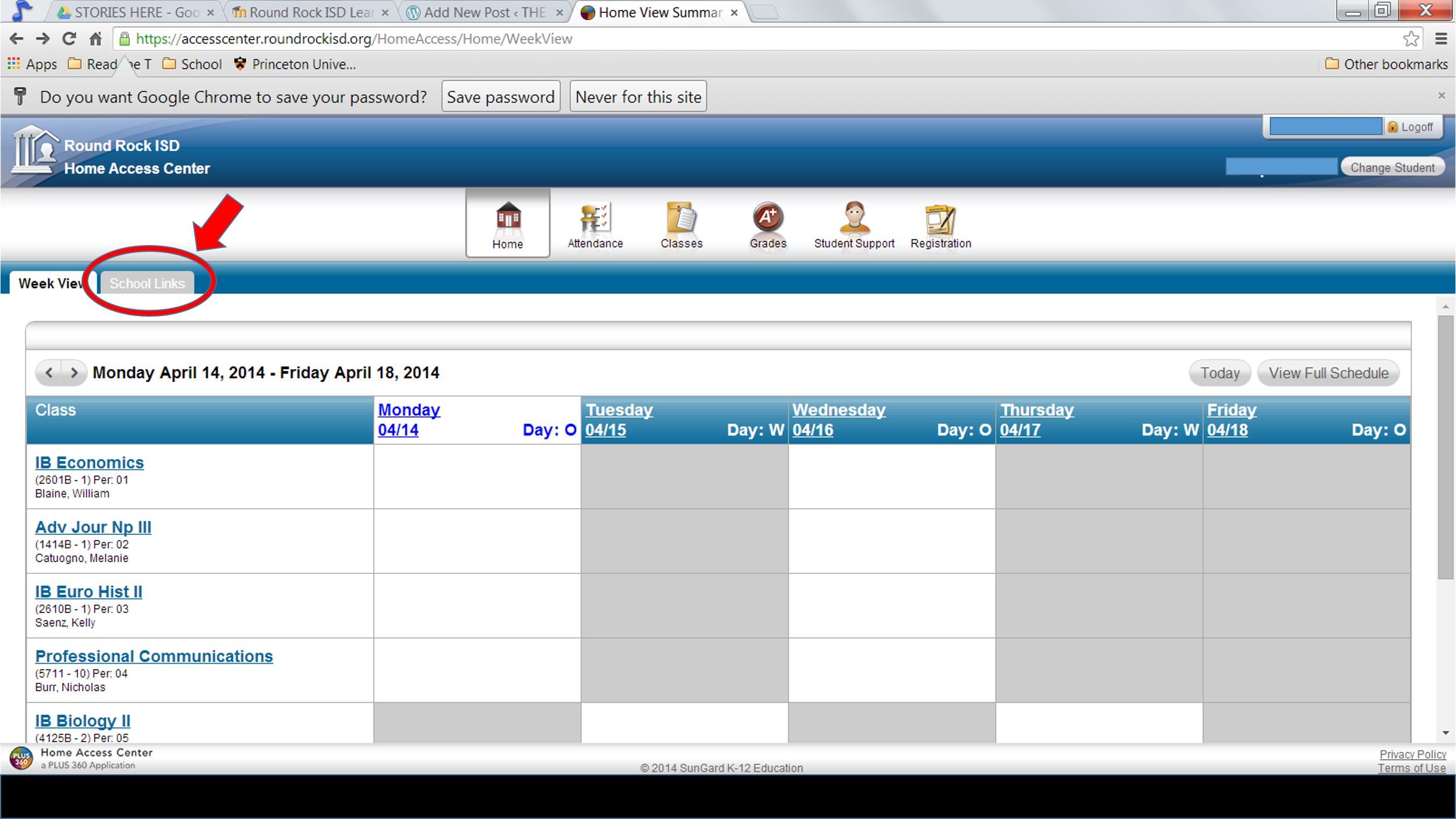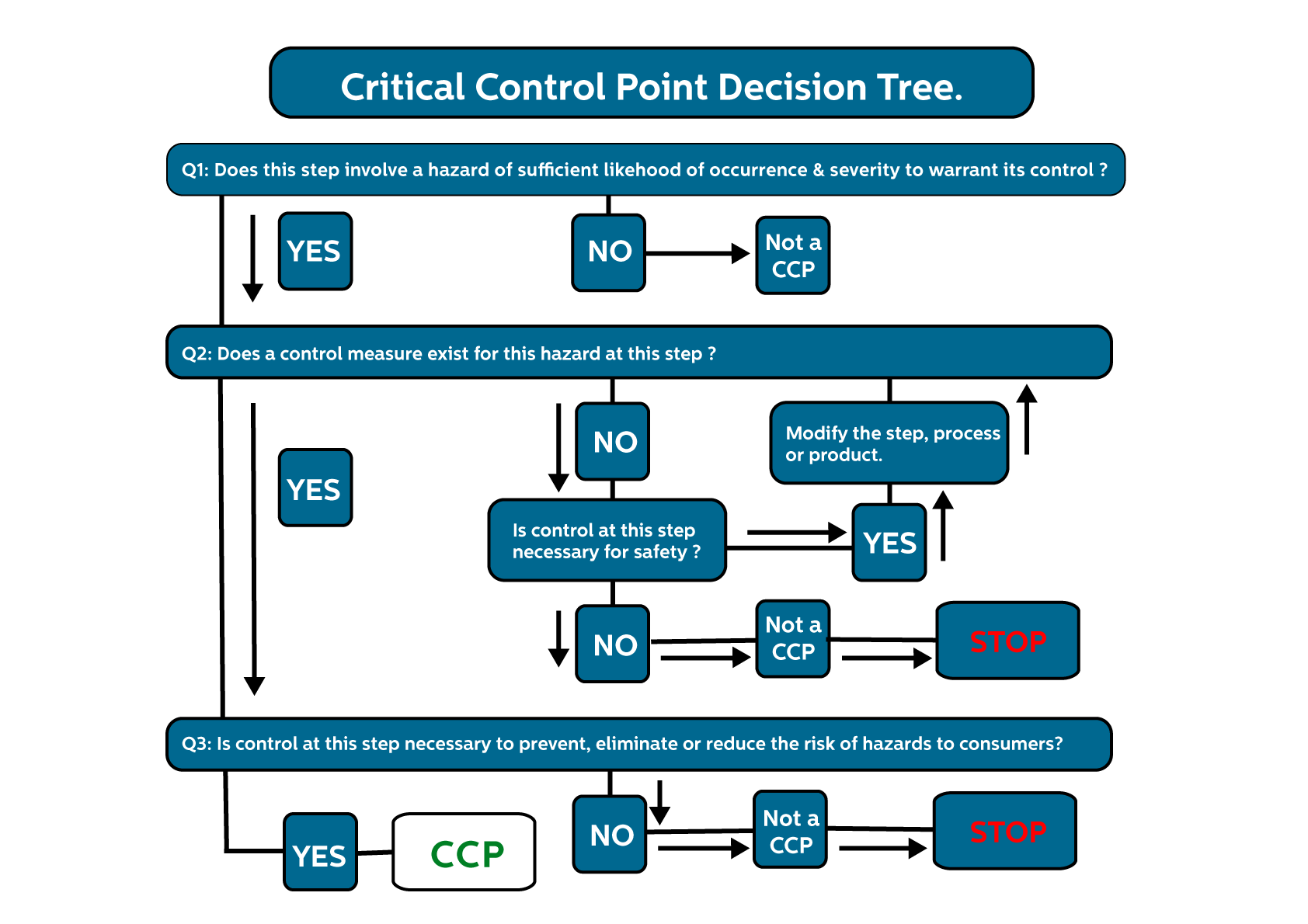Understanding HACCPs: The Key to Food Safety and Success in the Industry
As the food industry continues to grow and expand, the importance of ensuring food safety cannot be overstated. With the rise of global trade and increased competition, the risk of foodborne illnesses and recalls has never been higher. However, with the implementation of Hazard Analysis and Critical Control Points (HACCP) systems, the food industry can significantly reduce the risk of food safety issues and ensure the quality of its products. In this comprehensive guide, we will explore the world of HACCPs, their benefits, and how they can be integrated into your food safety management system.
Food safety is a top priority for food manufacturers, packers, and distributors. The food industry is under increasing pressure to ensure that its products are safe for consumption, not only for the consumers but also for the companies themselves. In 2009, the global food industry was estimated to have lost around $15 billion due to food safety-related losses. With the increasing number of food recalls and the resulting financial losses, it is clear that food safety is a critical aspect of the industry.
One of the key benefits of HACCP is its ability to identify and control potential hazards in the food production process. By analyzing the production process, manufacturers can identify the hazards that may pose a risk to food safety and take steps to mitigate those risks. HACCP is based on the principle of identifying and controlling the hazards that can affect the safety of the final product.
What is HACCP?
HACCP is a systematic approach to identifying and controlling hazards in the food production process. It involves identifying the potential hazards that can affect the safety of the final product, assessing the level of risk associated with each hazard, and implementing controls to mitigate those risks. The HACCP system consists of a series of steps that are designed to ensure that the food production process is safe and controlled.
Key Components of HACCP
The HACCP system consists of the following key components:
- Principles: The principles of HACCP are based on the following steps:
- Identify the hazards that can affect the safety of the final product.
- Assess the level of risk associated with each hazard.
- Implement controls to mitigate those risks.
- Monitor and verify the effectiveness of the controls.
- Review and update the HACCP plan regularly.
- Hierarchy of Controls: The hierarchy of controls is a ranking system used to evaluate the effectiveness of controls in mitigating hazards. The hierarchy of controls includes the following steps:
- Eliminate the hazard.
- Substitute the hazard.
- Isolate the hazard.
- Engineer controls.
- Administrative controls.
- Personal protective equipment.
- Hazard Analysis: Hazard analysis is the process of identifying the potential hazards that can affect the safety of the final product. The hazard analysis involves evaluating the potential hazards and assessing the level of risk associated with each hazard.
Hazard Analysis Techniques
There are several hazard analysis techniques that can be used to identify potential hazards in the food production process. Some of the most common techniques include:
- Qualitative Risk Assessment: Qualitative risk assessment involves evaluating the potential hazards and assessing the level of risk associated with each hazard.
- Quantitative Risk Assessment: Quantitative risk assessment involves using mathematical models to evaluate the potential hazards and assess the level of risk associated with each hazard.
- Failure Mode and Effects Analysis (FMEA): FMEA is a hazard analysis technique that involves evaluating the potential hazards and assessing the level of risk associated with each hazard.
Control Measures
Control measures are the steps taken to mitigate the risks identified during the hazard analysis. The control measures can include a variety of steps, such as:
- Cleanliness: Maintaining a clean production environment can help to reduce the risk of contamination.
- Sanitation: Sanitizing equipment and surfaces can help to reduce the risk of contamination.
- Hazard Analysis and Critical Control Points (HACCP): Implementing HACCP plans can help to identify and control potential hazards in the food production process.
- Training: Providing training to employees can help to ensure that they understand the importance of food safety and can identify and control potential hazards.
Monitoring and Verification
Monitoring and verification are critical components of the HACCP system. The goal of monitoring and verification is to ensure that the controls are effective in mitigating the risks identified during the hazard analysis. Monitoring and verification can include:
- Internal audits: Conducting internal audits can help to ensure that the HACCP plan is being followed and that the controls are effective.
- Third-party audits: Conducting third-party audits can help to ensure that the HACCP plan is being followed and that the controls are effective.
- Monitoring: Monitoring the production process can help to identify any deviations from the HACCP plan.
- Verification: Verification involves evaluating the effectiveness of the controls and ensuring that they are meeting the required standards.
Continuous Improvement
Continuous improvement is an essential component of the HACCP system. The goal of continuous improvement is to identify areas for improvement and implement changes to the HACCP plan as needed. Continuous improvement can include:
- Reviewing and updating the HACCP plan: Reviewing and updating the HACCP plan regularly can help to ensure that it remains effective and relevant.
- Identifying and addressing deviations: Identifying and addressing deviations from the HACCP plan can help to ensure that the controls are effective.
- Implementing new controls: Implementing new controls can help to improve the effectiveness of the HACCP plan.
Conclusion
In conclusion, HACCP is a systematic approach to identifying and controlling hazards in the food production
Sahara Rose Real Name
Brad Pitt Height In Feet
Dale Jarrett
Article Recommendations
- Safaiddiqui Age
- Seopetition Tracker
- How Tall Iarleyhimkus
- Google Places Rank Tracking
- Paige Vanzantd Fans
- Bridget Fonda
- Jackerman
- Owen Wilsonied
- Carrie Preston Children Ages
- Joecarborough Illness



